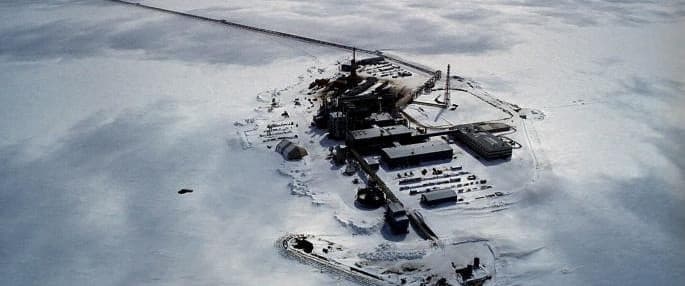Alaska’s production outlook is shifting for the first time in nearly a decade, with the U.S. Energy Information Administration (EIA) on Wednesday projecting that North Slope crude output will rise by some 13% next year as two large fields move into high-volume phases.
This would mark the strongest annual increase since the 1980s and a rare break from the long decline that has steadily reduced throughput on the Trans-Alaska Pipeline (TAPS). The agency ties the anticipated jump to new wells and extended-reach drilling tied to major North Slope projects, which are expected to push daily output to around 540,000 barrels and temporarily stabilize the state’s struggling production base.
Alaska’s projected increase in crude output arrives at the same time the state is revisiting its long-planned pipeline and LNG export megaproject, a project revived under President Donald Trump and now back on the table after years of stalled progress. The plan calls for an 800-mile gas line from the North Slope to a liquefaction terminal on the southern coast, opening a route for both domestic supply and Asian export.
With the EIA expecting new North Slope volumes to peak in 2026, state officials argue that the timing strengthens the case for moving the project into a new development phase.
Alaska’s long-standing challenge has been the gap between large undeveloped resources on the North Slope and the limited infrastructure available to move those volumes to market. According to the EIA, even with the expected increase in crude output, most North Slope gas remains without a commercial route, which is why state officials continue to link upstream momentum to the case for the pipeline and LNG terminal.
The project has cycled through repeated attempts at financing and federal support over the past decade, but the combination of higher forecast production and renewed White House backing has given Anchorage its first opening in years to bring the plan forward.
By Tom Kool for Oilprice.com
More Top Reads From Oilprice.com

